Discover 8 hidden attractions, cool sights, and unusual things to do in Uckermark Lakes Nature Park (Germany). Don't miss out on these must-see attractions: Wurlsee, Oberpfuhl, and Nesselpfuhl. Also, be sure to include Zenssee in your itinerary.
Below, you can find the list of the most amazing places you should visit in Uckermark Lakes Nature Park (Brandenburg).
Table of Contents
Wurlsee
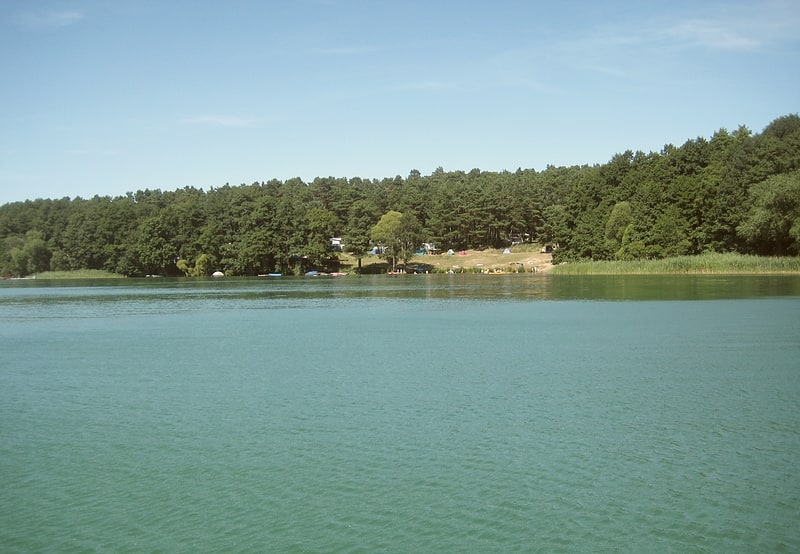
Lake in Germany. Wurlsee is a lake in Uckermark, Brandenburg, Germany. Its surface area is 1.6395 km². It is located in the town of Lychen.[1]
Address: Strelitzer Straße 5 b, Uckermark Lakes Nature Park
Oberpfuhl
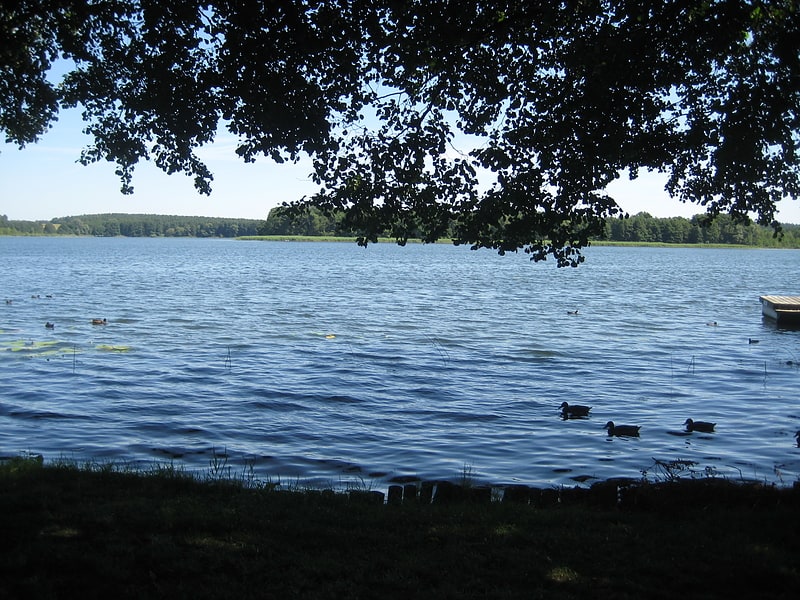
Lake in Germany. Oberpfuhl is a lake in Uckermark, Brandenburg, Germany. Its surface area is 0.6965 km². It is located in the town of Lychen.[2]
Nesselpfuhl
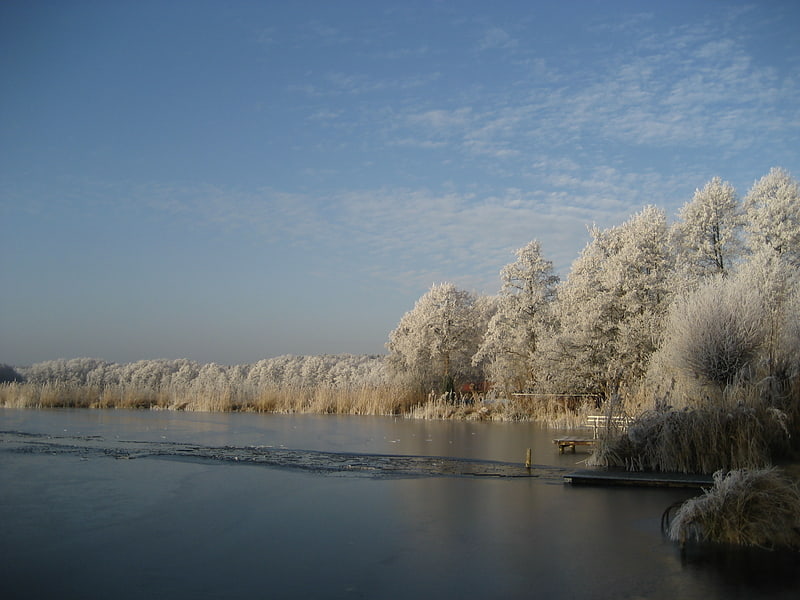
Lake in Germany. Nesselpfuhl is a lake in Uckermark, Brandenburg, Germany. Its surface area is 0.2140 km². It is located in the town of Lychen.[3]
Zenssee
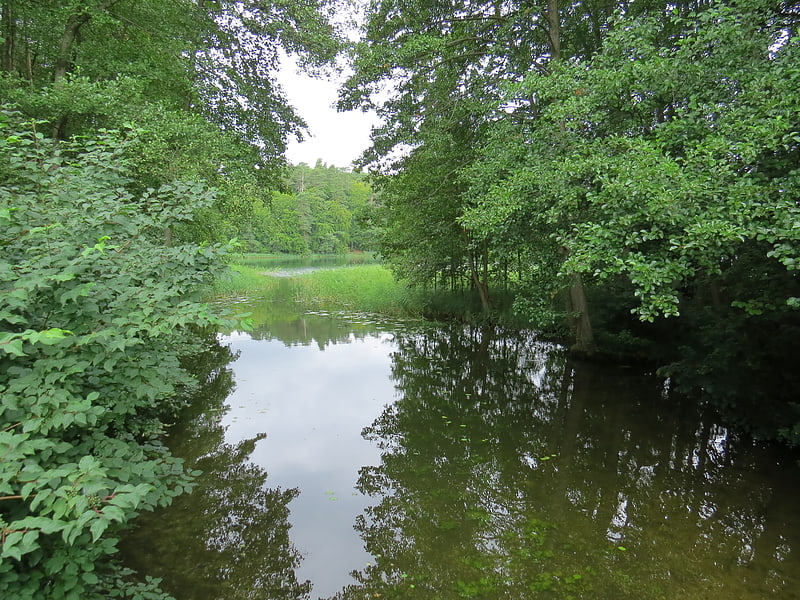
Lake in Germany. Zenssee is a lake in Uckermark, Brandenburg, Germany. At an elevation of, its surface area is 1.1167 km². It is located in the town of Lychen.[4]
Großer See

Lake in Germany. Großer See is a lake in Landkreis Uckermark, Brandenburg, Germany. At an elevation of 93 m, its surface area is 2.6 km². It is situated in Fürstenwerder, part of the municipality of Nordwestuckermark.[5]
Ehemaliges Zisterzienserinnenkloster
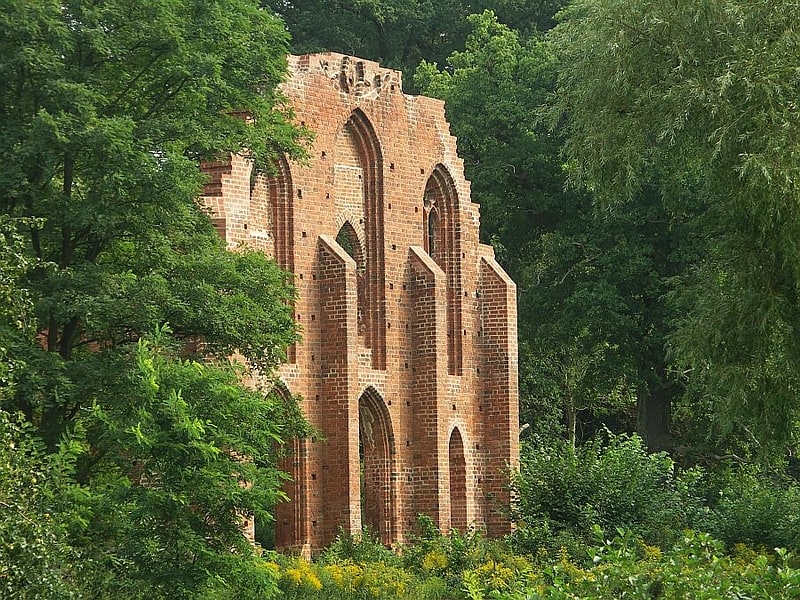
Boitzenburg Monastery Ruin is the ruin of a Cistercian monastery destroyed during the Thirty Years' War. The ruin is located on the eastern edge of the village of Boitzenburg, which is about 20 km west of Prenzlau and about 80 km north of Berlin in the Uckermark region.
The monastery was founded in 1271 by Margraves Johann II. Otto IV and Konrad von Brandenburg and endowed with extensive property. Construction took place at about the same time as the establishment of Chorin Monastery. In 1281, the monastery was united with Flieth Monastery. During the Reformation, the monastery was secularized in 1536, but remained as a building. In 1538 the bailiff of the Uckermark, Hans von Arnim, received the monastery property as a fief and granted the remaining nuns lifelong residential rights. In the course of the Thirty Years' War, the complex was destroyed by Danish troops in 1637 and never rebuilt. In the following centuries, the building fabric continued to decay. Until 1945, the ruin and the surrounding land remained in the possession of the von Arnim family.
Today the ruin is secured, protected from further decay and freely accessible. In the years 2005 to 2012 it served as a backdrop for the performances of the Theater Klosterruine Boitzenburg in the summer.
Stadtsee

Stadtsee is centrally located in the urban area of Lychen in the northeast of the state of Brandenburg. It is the center of the Lychen Lake Cross, which consists of seven lakes; it is directly connected at its western end with the Great Lychen Lake and the Oberpfuhl in the east. The elliptical lake is a little over 900 meters long and a little over 350 meters wide. The summer visibility depth is 1.3 meters.
The lake drains via the Woblitz (hydrologically also called Lychener Gewässer) to the Havel. It is also part of the federal waterway Lychener Gewässer (Lychen Waters), which begins at its eastern end.
The city lake belongs to the Uckermark lakes. To the west and south, the Fürstenberg/Havel-Lychen-Templin trolley line runs past it.
Serrahn Hills
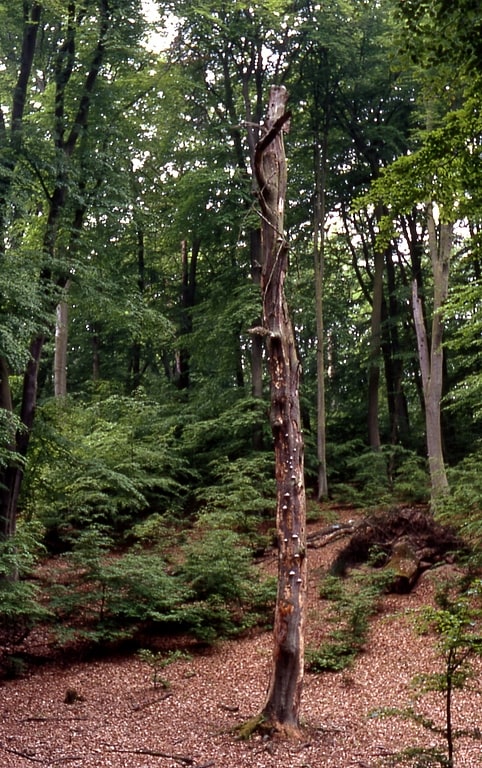
Also known as: Serrahner Berge
Ridge. The Serrahn Hills are a forested ridge in the municipality of Carpin in the Mecklenburg Lake District in the east German state Mecklenburg-Western Pomerania. The village of Serrahn, which gives the hills their name, is located just north of the ridge. To the east is the lake of Schweingartensee, a little to the southwest is the Großer Fürstenseer See.
The hills, which are up to 124.2 m above sea level (NHN), are located in the eastern part of the Müritz National Park. The hills were first mentioned in an official document dated 1569. This states that der Schweingahrdische See zwischen Zerrahnschen undt Goldbowischen Holtz belegen ("the Schweingarten lake is located between the Serrahn and the Goldbow Woods").
During the period 1614 to 1623, documents record the sale of building timber and firewood from the Zerrahnschen Bergen. After that, the forest must have been thinned so much before the mid-16th century that by the end of that century large flocks of sheep grazed the Serrahn Hills from time to time.
At the end of the Thirty Years' War much of the surrounding area was devastated and the forest spread again. Thus in 1688 we hear that the Zerrahnschen Berge stet reich von Eychen Mast undt dannen Holtz, undt können darin feist gemacht werden 465 Schweine (the "Serrahn Hills are rich in oak mast and their trees and 465 pigs can be kept there").
At the beginning of the 18th century at the instigation of the Duke of Strelitz, Adolphus Frederick II, numerous glassworks and potash distilleries were founded in the region, but the Serrahn Hills remained unaffected due to poor road communications and its forests remained largely intact. This made it a popular hunting area as well as a botanical forestry research site for the dukes of Mecklenburg-Strelitz.
In GDR times, the hills were designated as a nature reserve and became well known as the centre of the great state hunting grounds called the Wilhelminenhof Wildlife Research Area (Wildforschungsgebiet Wilhelminenhof).
Since June 2011, the beech forests of the Serrahn Hills, along with four other German beech forests, have been recognised as a UNESCO World Heritage Site. They are the last remaining semi-natural beech forests in Germany.[6]